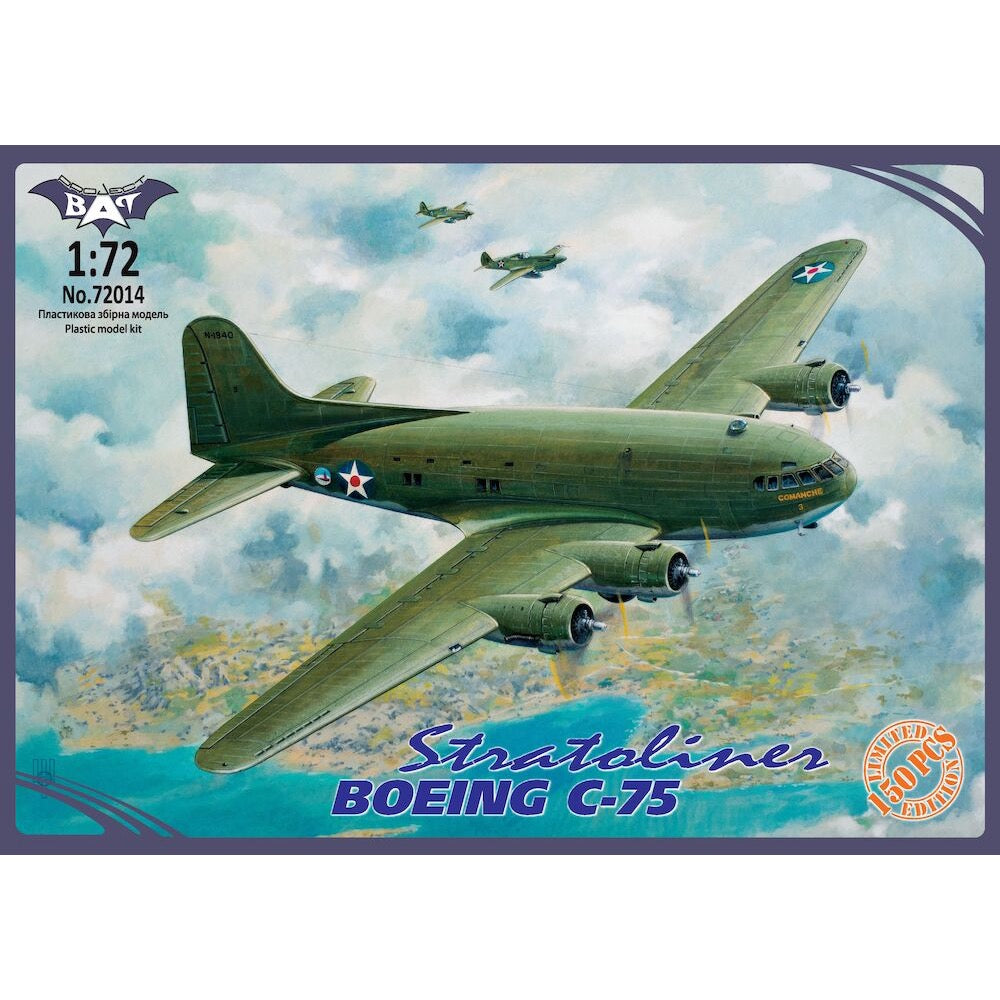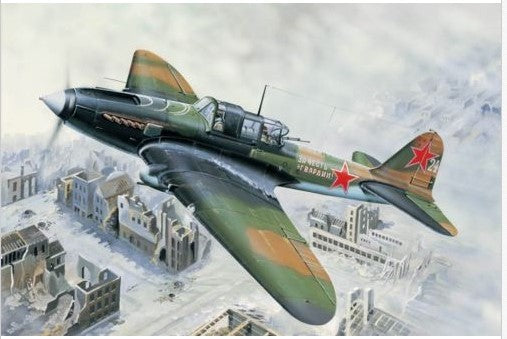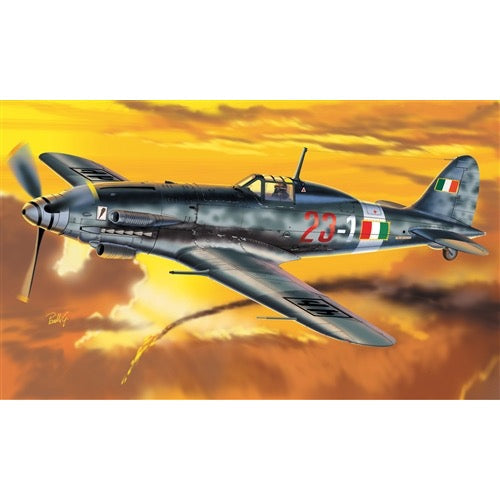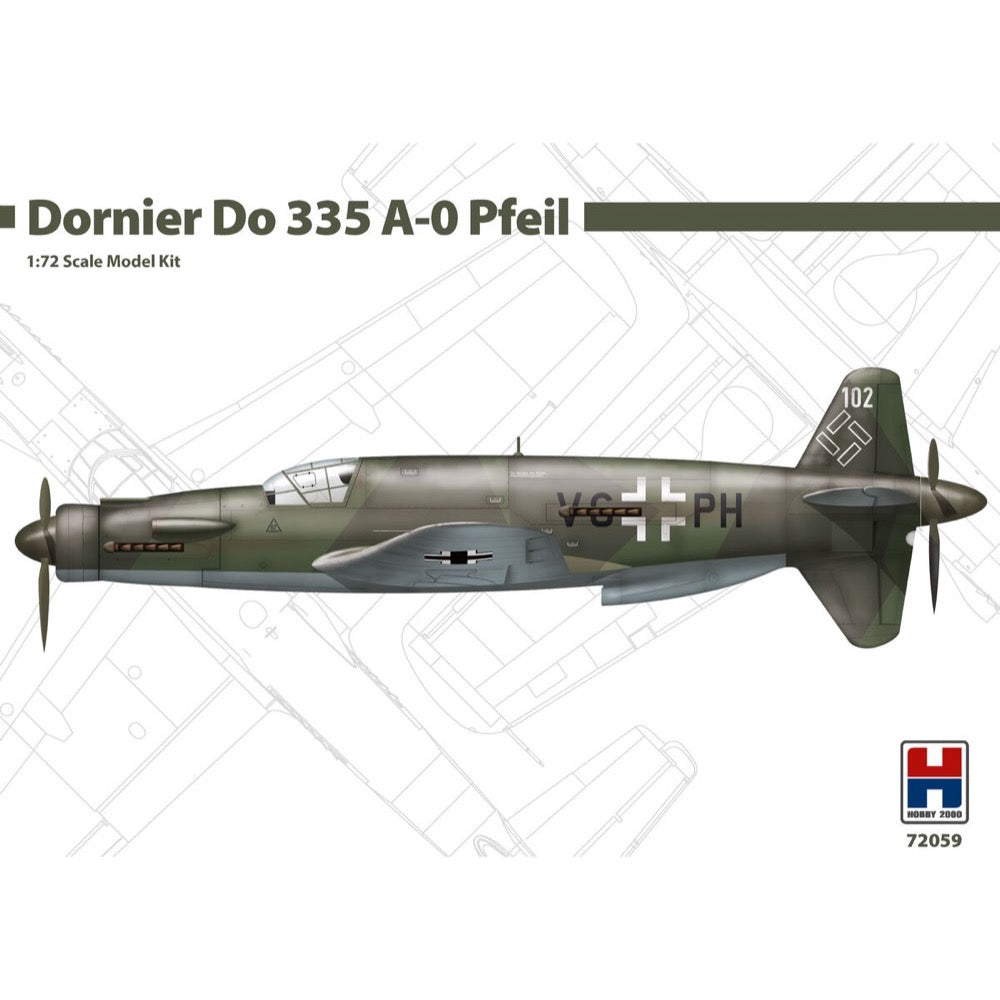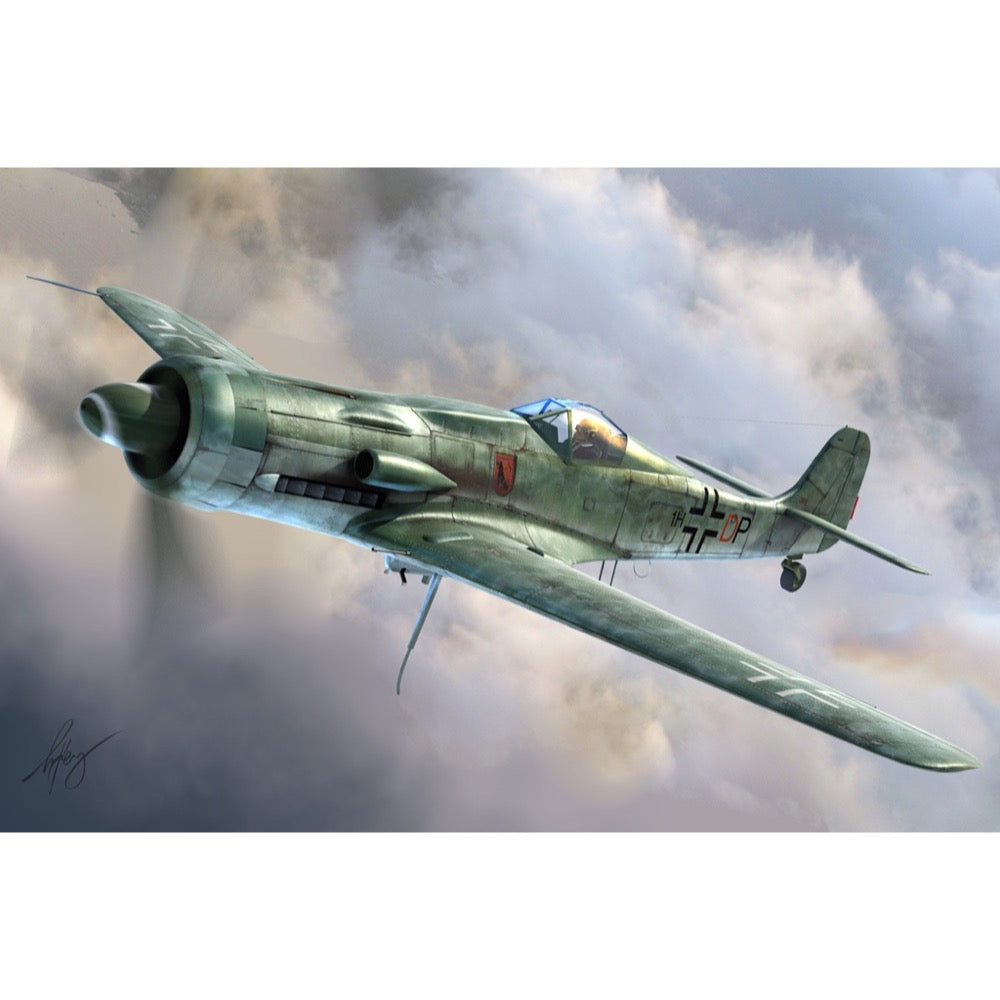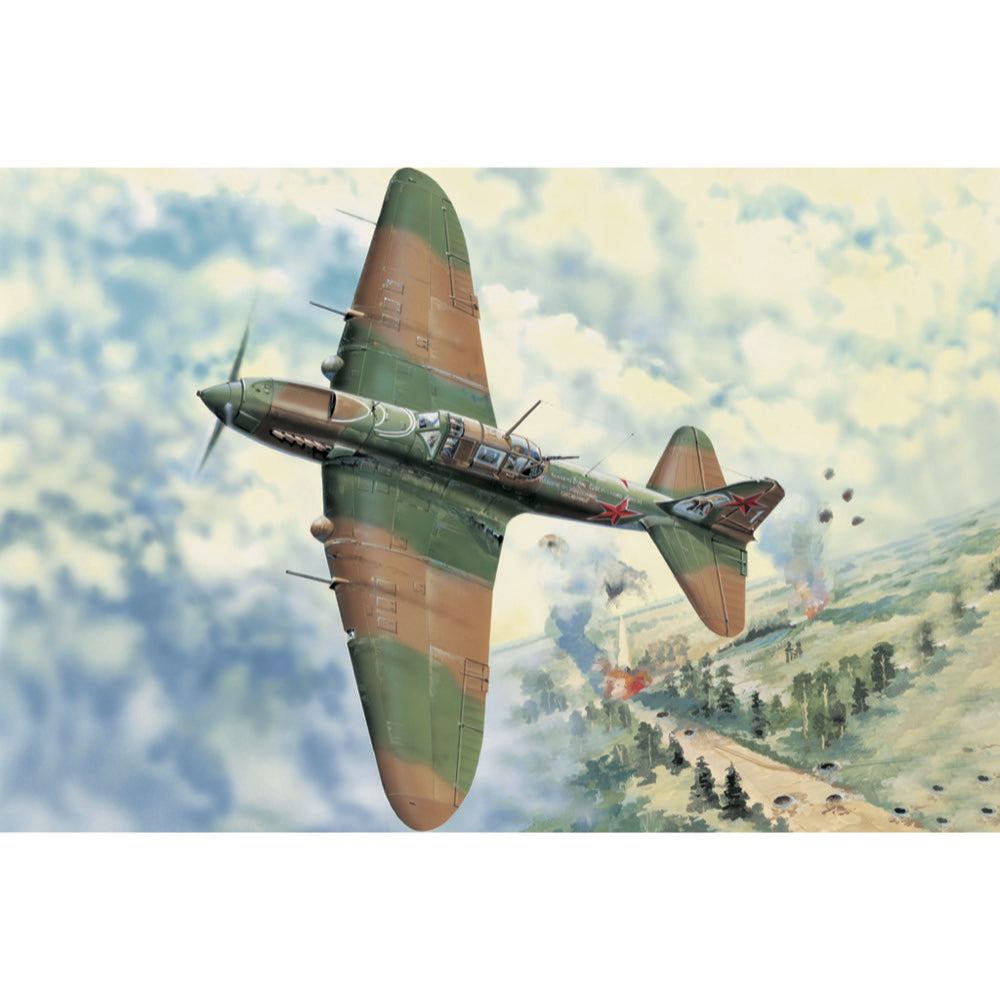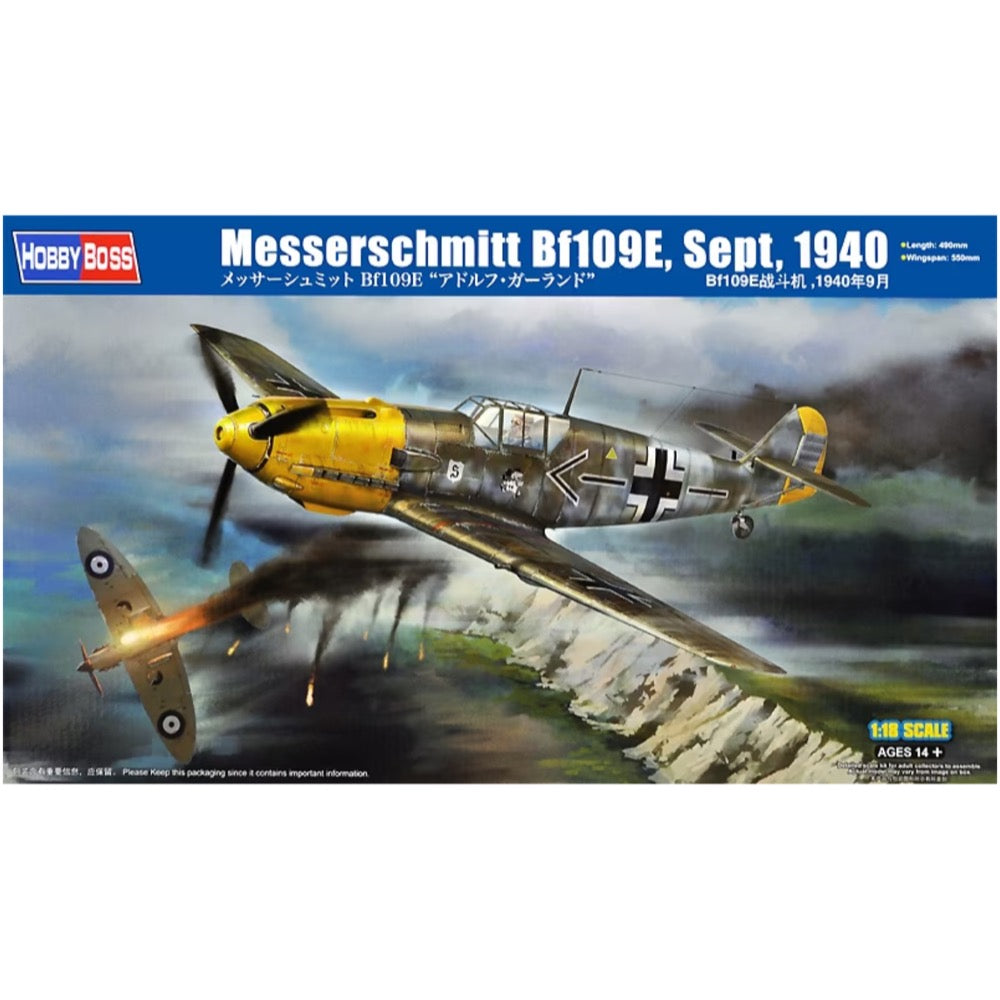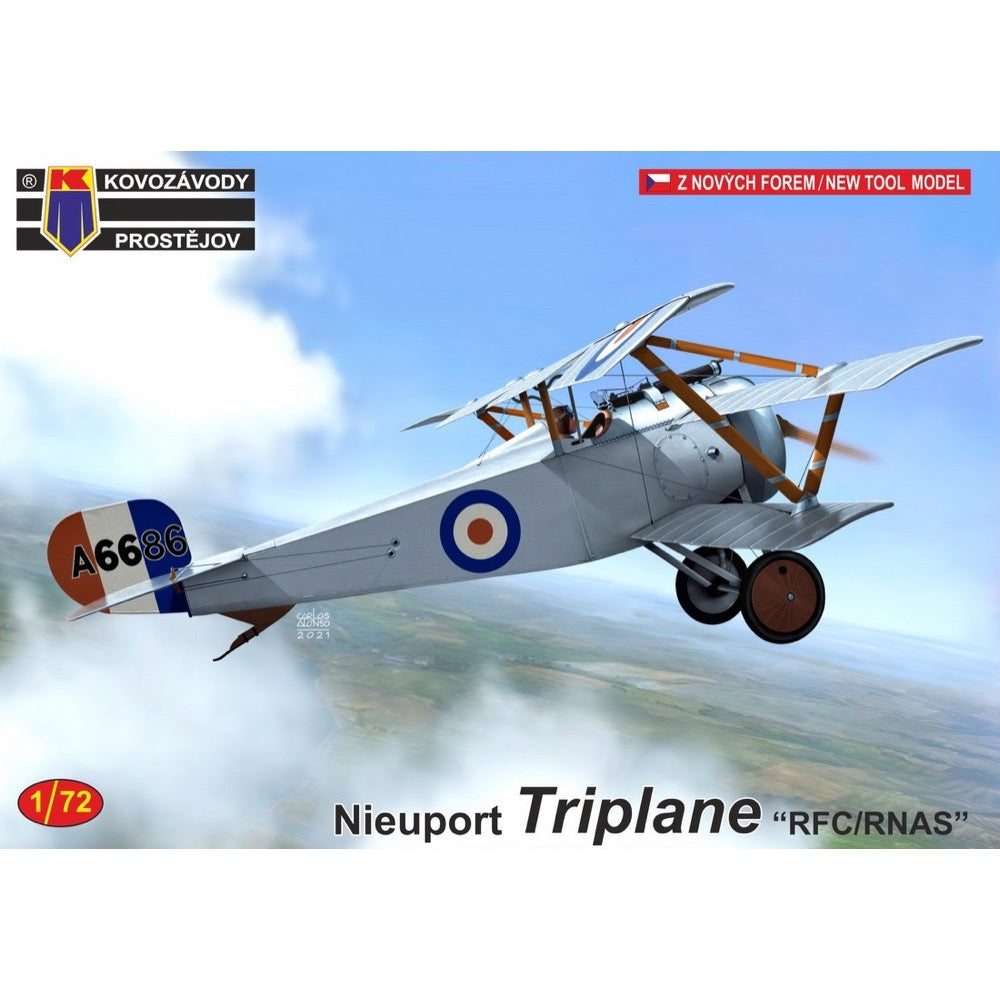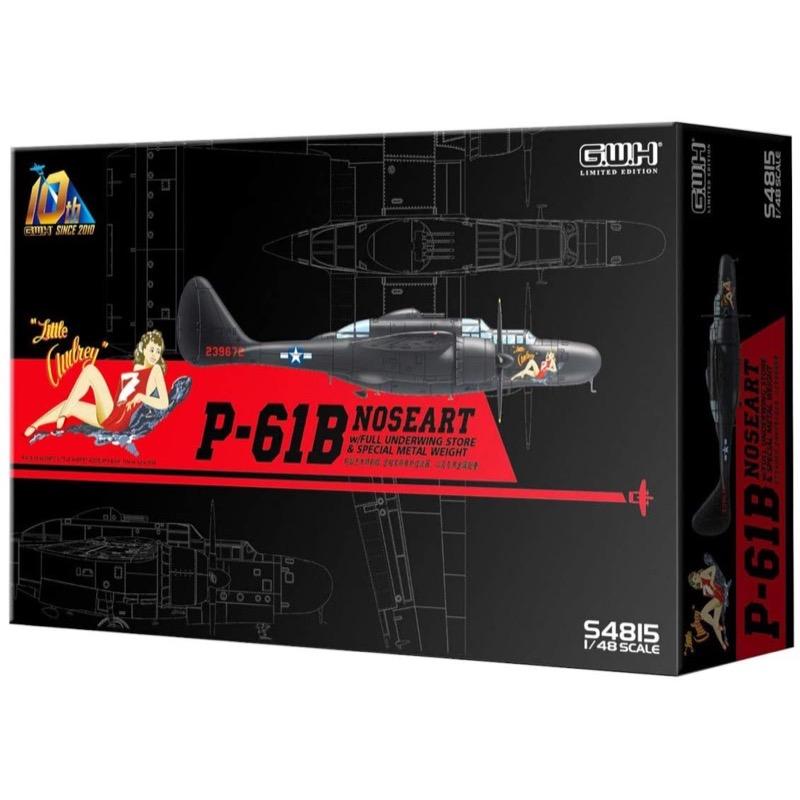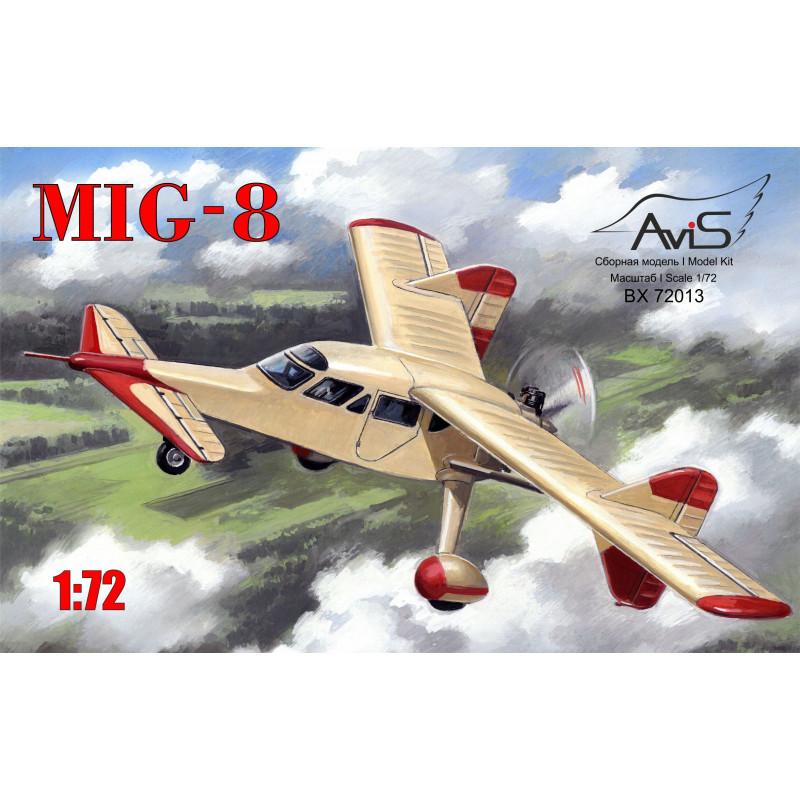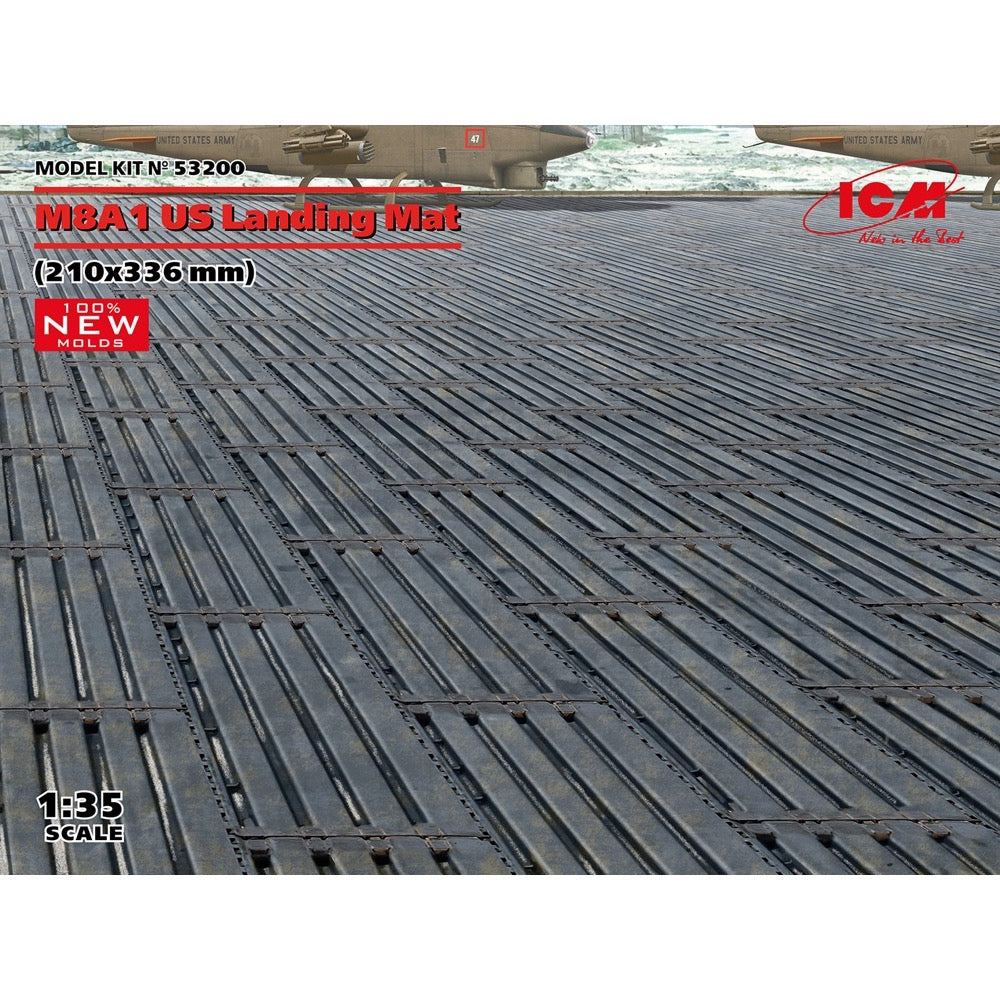
ICM 53200 1/35 M8A1 US Landing Mat 210 x 336 mm
16.00
$
<h3>M8A1 US Landing Mat (210×336 mm)</h3>
<p>The M8A1 steel plates, developed by the US Army Corps of Engineers, were primarily used for the quick construction of temporary runways. These plates were extensively used during the Vietnam War in the late 1960s and early 1970s, particularly in army aviation for basing helicopters, light attack aircraft, and surveillance aircraft. They frequently appear in photographs from the period.</p>
<p>Each slab, measuring 3660 x 560 mm, featured a hard-corrugated surface that facilitated effective rainwater drainage. The US Army engineering units were responsible for their installation. The slabs could be connected in a staggered pattern or in a row, allowing for the construction of both small sites and large airfields.</p>
<h3>Specification</h3>
<ul>
<li>Model size (length x width): 210 х 336 mm</li>
<li>Box size: 247 x 183 x 33 mm</li>
<li>Number of details: 48</li>
</ul>
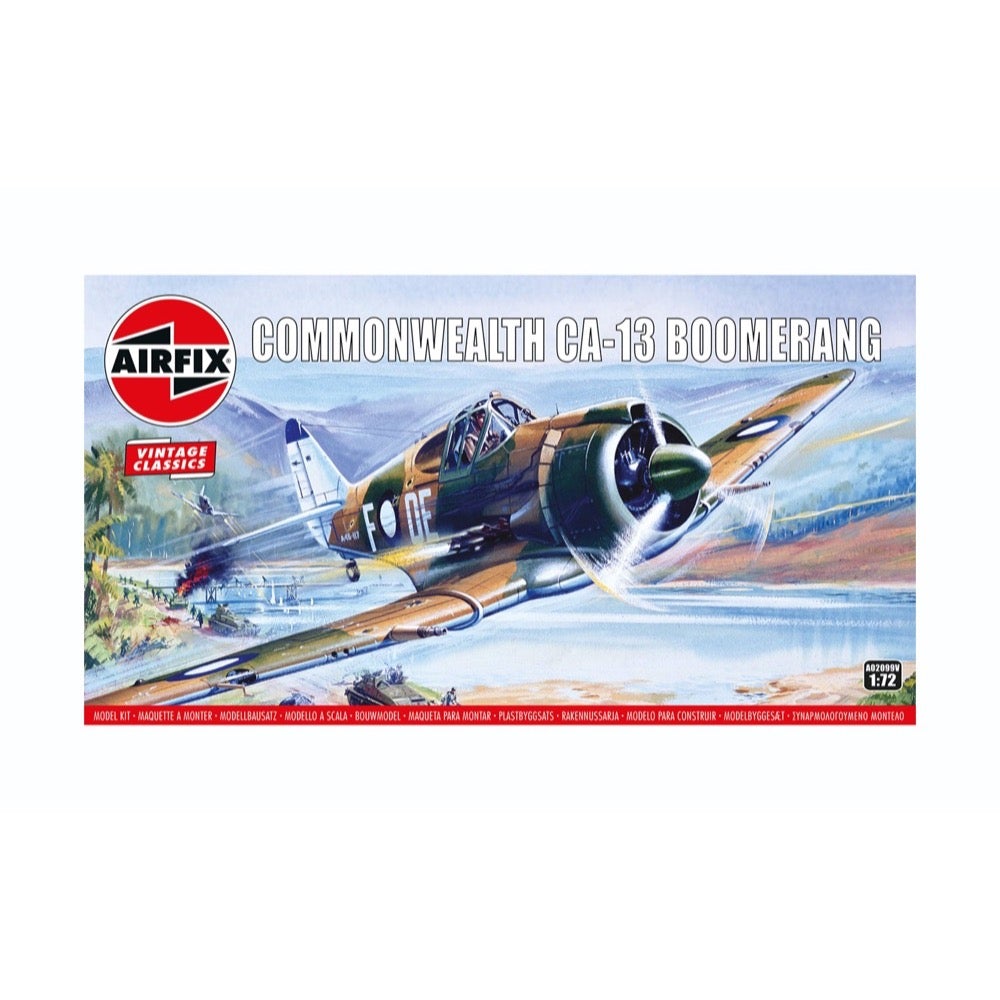
Airfix A02099V 1/72 Commonwealth CA-13 Boomerang RAAF
9.00
$
<h3>Commonwealth CA-13 Boomerang</h3>
<p>An aircraft which has often been described as 'Australia's panic fighter', the Boomerang would often be used to mark targets for ground attack Corsairs during the latter stages of WWII, a role which earned the distinctive little aircraft the nickname 'Smoky Joe'.</p>
<p>An aircraft which has often been described as 'Australia's panic fighter', the decision to build the indigenous Commonwealth Aircraft Corporation Boomerang came in the wake of continued Japanese aggression in the Pacific and the need to ensure a continuous future supply of new fighters for the RAAF. By using many sections and components from existing aircraft types under construction in Australia, the first Boomerang was produced just sixteen weeks after the original design decision was made and 250 of these diminutive fighters would eventually be produced. Possessing excellent low altitude performance, the Boomerang would often be used to mark targets for ground attack Corsairs during the latter stages of WWII, a role which earned the distinctive little aircraft the nickname 'Smoky Joe'.</p>
<h4>Includes</h4>
<ul>
<li>Sprues</li>
<li>Decals</li>
</ul>


